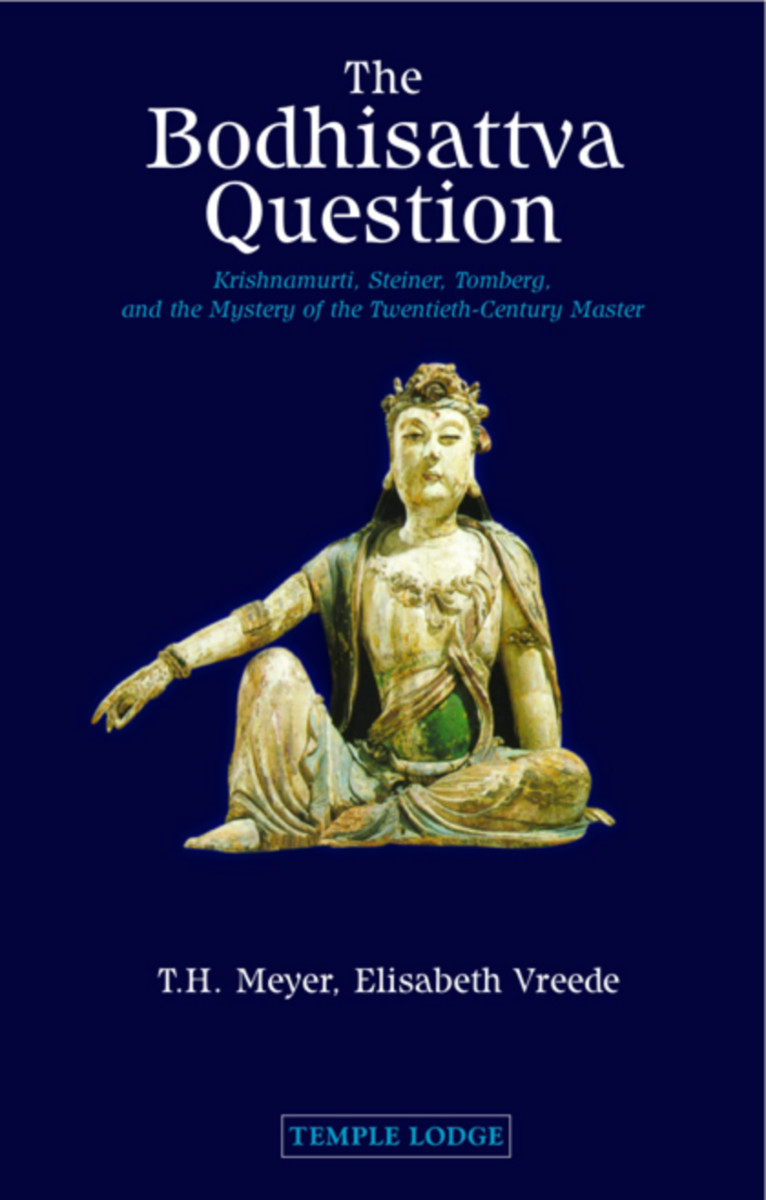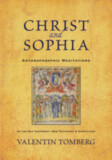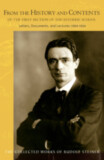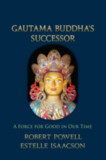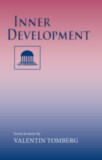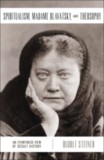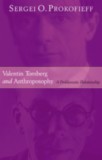The Bodhisattva Question Revised
Krishnamurti, Rudolf Steiner, Valentin Tomberg, and the Mystery of the Twentieth-Century Master
- Publisher
Temple Lodge Publishing - Published
10th January 2011 - ISBN 9781906999193
- Language English
- Pages 216 pp.
- Size 5.5" x 8.5"
“Enthusiastic readers are sometimes heard to say of a book: ‘I couldn't put it down.’ This is obviously either a metaphor or else a gross hyperbole. But I can't recall any book as to which in my case it came nearer to the literal truth than The Bodhisattva Question.” — Owen Barfield
According to Eastern tradition, the twelve sublime beings known as bodhisattvas are the great teachers of humanity. One after another, they descend into earthly incarnation until they fulfil their earthly missions. At that point, they rise to buddahood and are no longer obliged to return in a physical form. However, before bodhisattvas becomes a buddhas, they announce the name of their successors.
According to Rudolf Steiner, the future Maitreya Buddha—or the “Bringer of Good,” as his predecessor named him—incarnated in a human body in the twentieth century. Presuming this to be so, then who was this person? Theosophists believed they had discovered the bodhisattva in an Indian boy named Krishnamurti, who did indeed grow up to become a teacher of some magnitude. Adolf Arenson and Elisabeth Vreede, both students of Steiner, made independent examinations of this question in relation to Steiner's personal mission. They reached contrasting conclusions. More recently, a claim has been made that Valentin Tomberg—a student of Anthroposophy but later an influential Roman Catholic—was the bodhisattva.
In this book, Meyer analyzes these conflicting theories and demonstrates how the question can be useful as an exercise in developing sound judgment in spiritual matters. Elisabeth Vreede's two lectures on the subject, included here in full, are a valuable contribution to our understanding of the true nature and being of Rudolf Steiner.
Includes a new afterword by T. H. Meyer and Carla Vlad.
C O N T E N T S:
Preface to New Edition
Introduction
PART ONE
1. Concerning the Light of Free Insight
2. A Childhood in India
3. The Origin and Aim of the Theosophical Movement
4. The Fundamental Christological Error of the Theosophists
5. The Beginning of the End of the Theosophical Society
6. The Two Sources of All Illusion
7. An “Initiation” at a Youthful Age and Rudolf Steiner’s Compensatory Deed
8. The One Source of All Infallibility
9. Division of the Spirits
10. A Dream Comes to an End
11. Rudolf Steiner and the Bodhisattva Question in the 20th Century
12. Concluding Perspectives
PART TWO
Introduction to Elisabeth Vreede’s Lectures
The Bodhisattva Question in the History of the Anthroposophical Society
Two Lectures Given by Elisabeth Vreede in Stuttgart, July 9 & 11, 1930
A Postscript, 21 Years on: “A Man Infinitely Greater than Any of Us”
Appendix: The Bodhisattva Question in the Light of the Mystery Drama The Portal of Initiation
T. H. Meyer
T. H. Meyer was born in Switzerland in 1950. He is the founder of Perseus Verlag, Basel, and is editor of the monthly journal Der Europäer. He has written numerous articles and is the author of several books, including Reality, Truth, and Evil (2005) and major biographies of D.N. Dunlop and Ludwig Polzer-Hoditz. He also edited Light for the New Millennium (1997) describing Rudolf Steiner’s association with Helmuth and Eliza von Moltke.
Elisabeth Vreede
Elisabeth Vreede, Ph.D. (1879-1943), was a native of The Hague, Holland. She was interested early on in the starry sky, read the works of Camille Flammarion and learned French at the same time. At the University of Leyden, she studied mathematics, astronomy, philosophy (especially Hegel), and Sanskrit. She and her parents were theosophists, and her first meeting with Rudolf Steiner took place early on at the Theosophical Congress in London in 1903. After receiving her diploma in 1906, she gave instruction at a higher girl school in mathematics until 1910. From 1910, she lived in Berlin, worked on her dissertation and occasionally worked as a secretary for Rudolf Steiner. In April 1914, she moved to Dornach to help in the building of the first Goetheanum and was often be found there carving wood. After World War I, an intense interest in Steiner's idea of a threefold social order, and she was the first to bring the idea to England. Around 1918 Vreede began to construct the library and archive at the Goetheanum. Using her own means, she purchased the expensive lecture transcripts as soon as they were typed from notes. Occasionally friends contributed to her efforts to build the archive.In 1920 she moved to Arlesheim, Switzerland, where she had built for herself a little house. It was the second house for which Steiner had given the model in 1919. In 1924, Steiner appointed her to head the Mathematical-Astronomical Section of the School of Spiritual Science of the recently reestablished Anthroposophical Society. In 1935 the separation within the Anthroposophical Society took place and she was expelled from the executive council, while her section was passed to other leadership. After internal discussions in the Anthroposophical Society, she was excluded along with Dr. Ita Wegman from the board of directors. She was also cut off from the observatory and archives that she herself helped assemble. Rudolf Steiner is reputed to have said that Dr. Vreede understood hi


